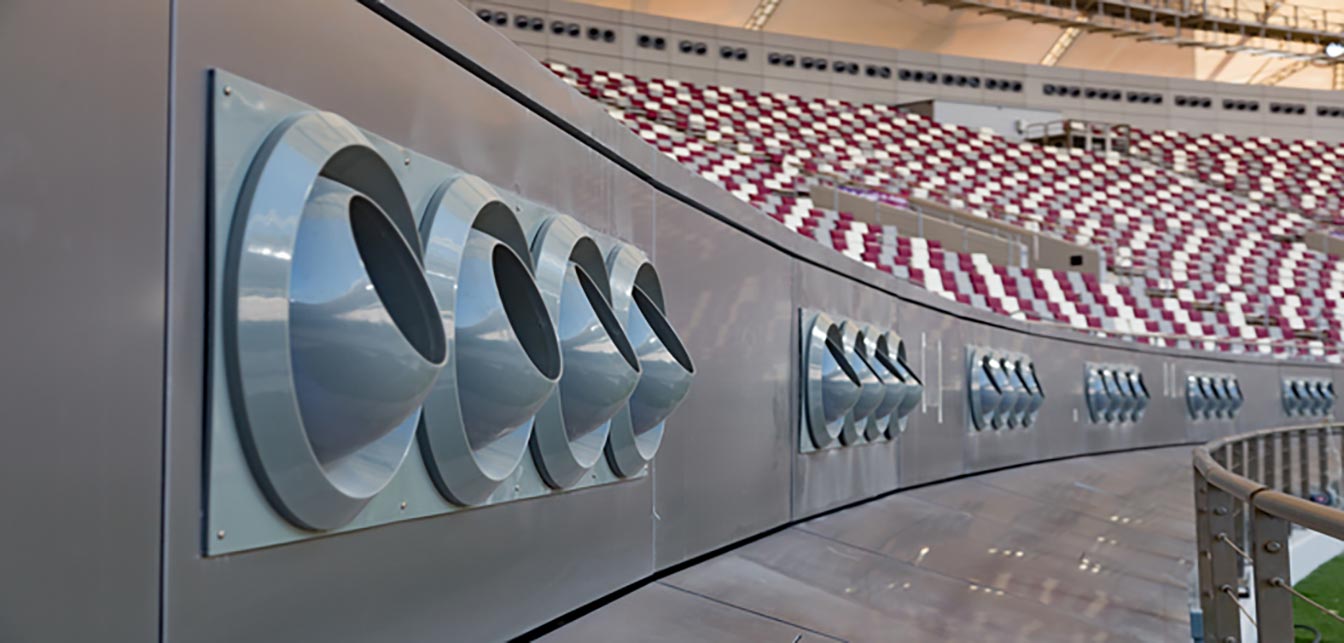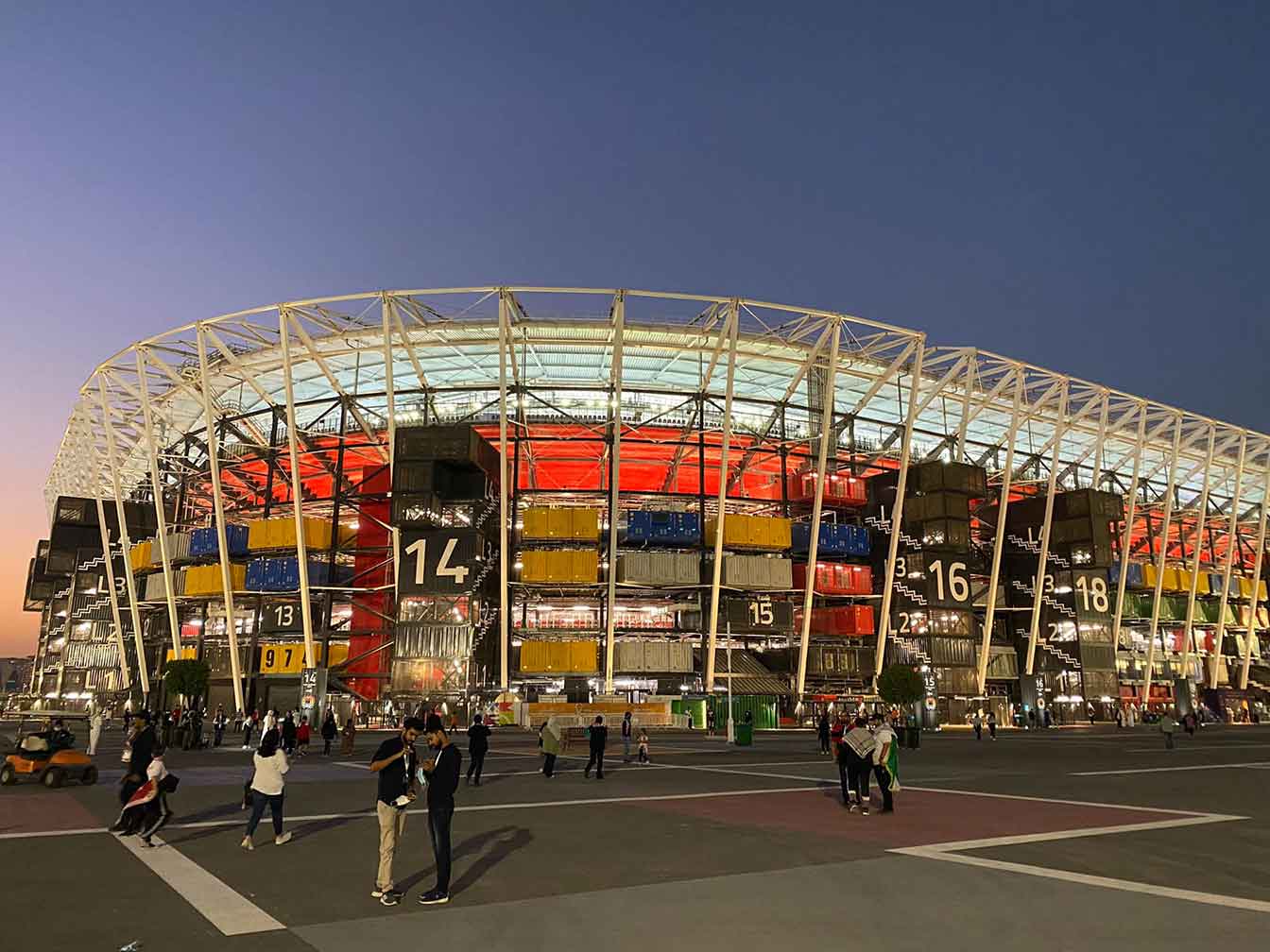Qatar 2022: Fighting for climate or saving the image?
source: StadiumDB.com; author: Robert Saganowski
 The upcoming World Cup in Qatar raises as many controversies and question marks as it does positive associations with the football tournament itself. Air-conditioned stadiums, the fight against environmentalists, climate neutrality and much more. Meet the lights and shadows of the first ever WC to be played in December.
The upcoming World Cup in Qatar raises as many controversies and question marks as it does positive associations with the football tournament itself. Air-conditioned stadiums, the fight against environmentalists, climate neutrality and much more. Meet the lights and shadows of the first ever WC to be played in December.
Advertisement
We will see the best World Cup ever in November, December 2022 in Qatar. The best World Cup ever means a World Cup with full stadiums. I am 100 per cent sure about that
- this is what FIFA president Gianni Infantino, who has been a resident of this coastal country for some time now, said about the tournament in Qatar. Let's be honest - given the circumstances, his opinion cannot be objective.
While the Swiss's words can be taken with a grain of salt, when it comes to sports infrastructure, the Qataris definitely have nothing to be ashamed of. Their stadiums are aesthetically pleasing, spacious and in many ways innovative. Stadium 974 in Doha, where France, Argentina and Brazil will play their matches during the group stage, was built with the use of 974 shipping containers, and after the World Cup it will be completely dismantled.
All eight stadiums, where in a few months' time we will see the best footballers in the world, are air-conditioned. Although the temperatures at the turn of November and December should not exceed 30 degrees Celsius, the organisers assume that it is "better safe than sorry" and want to provide the sportsmen with the best possible conditions to play. If the World Cup were to be played in the summer, not only would there be regular hydration breaks, but the temperature difference could have caused the players to catch a cold.
The Qataris are also taking ecology on a pedestal. The tournament itself is set to be the first ever CO2-neutral event of its kind. Energy-efficient stadiums and sustainable waste management practices are the foundations cited by representatives of Qatar's Supreme Committee for Delivery and Legacy.
In addition, low transport costs are expected to play an essential role. The 8 facilities are located within a radius of only 75 km, most of which are in Doha or its suburbs. The Qataris have also stressed that all unavoidable gas emissions will be adequately compensated.

The organisers, however, got into environmentalists' black books, declaring the planting of 1 million trees. Sounds noble? Well, not really. Experts believe that one million new plants is far too few. Instead of using other types of energy (e.g. solar or wind) to effectively cool the stadiums during the World Cup, Qatar has decided to handle the problem on its own and thus indirectly contribute to further debates on global climate change.
Environmentalists claim that the biggest challenge will be balancing the unavoidable emissions caused by the construction of new facilities and transport. After all, hundreds of thousands of fans are soon expected to arrive in Qatar! Bodour Al-Meer, head of sustainability at the local organising committee, asserts that Qatar is a small and rapidly developing country and hosting the World Cup has accelerated our national development plans
. What will it really be like? We will find out in just 7 months.
To get into the World Cup atmosphere, check out the video on our YouTube channel in which we compared the designs of Qatar's stadiums with their real photos:
Advertisement
 StadiumDB
StadiumDB ©
©